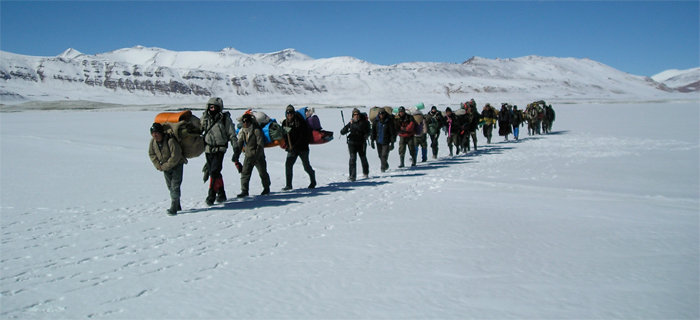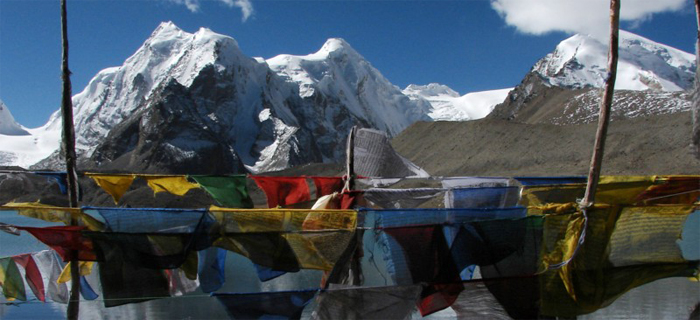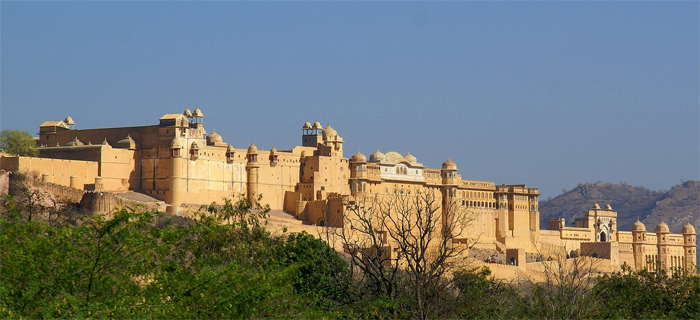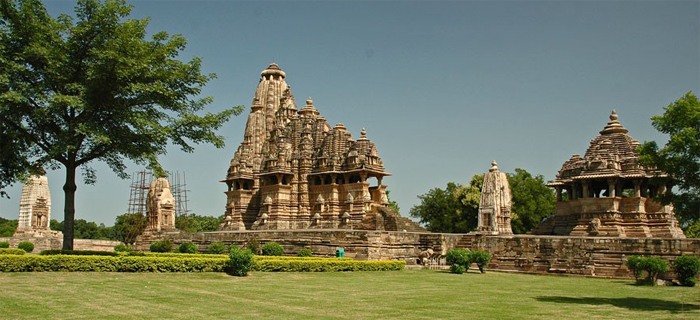Sikkim
General Information
Sikkim is a landlocked Indian state nestled in the Himalayas. This thumb – shaped state borders with Nepal in west, Tibet in north, Bhutan in east and West Bengal in south.
Sikkim is the least populous state in India and the second smallest in area after Goa. The population of Sikkim is just slightly over 500,000. Sikkim is the only state in India with an ethnic majority of Nepalese. The economy of Sikkim depends on Agriculture and Tourism. Sikkim is the only state who have open border between India and China.
Geography
Sikkim is characterized by wholly mountainous terrain. The elevation of state ranging from 280 meter to 8585 meters. The Kanchenjunga summit is the highest point which situated on the border between Sikkim and Nepal.
Sikkim has numerous snows – fed streams which combine into the Tessta River and tis tributary, the Rangeet River. The Teesta River, described on the lifeline of Sikkim, flows though the state north to south.
Sikkim has 28 mountains peaks, more than 80 glaciers, 227 high altitude lakes including Tsongmo Lake, Gurudongmar & Khecheopalri Lake, 5 hot springs and more than 100 streams. The hot springs in Sikkim known for medical and therapeutic values. They contain high sulphur and some emit hydrogen. The average temperature of the water in these hot springs is 50°c.
Climate
Sikkim is one of the few states in India who receive regular snowfall. The snow line ranges from 20000 feet in the north and 16000 feet in south. Sikkim has five seasons: Winter, summer, spring, autumn and Monsoon. The average annual temperature is around 18°c. The maximum temperature exceeds 28°c in summer and minimum temperature drops 0°c almost every night. In the northern part of Sikkim temperature drop below -40°c in winter. Fog also affects many part of Sikkim during winter and monsoon.
Flora and Fauna
Sikkim is situated in an ecological hotspot of the lower Himalayas and it is full of flora and fauna. The flora includes the mododendron, the state tree, with a wide range of species occurring from subtropical to alpine regions. Sikkim has around 5000 flowering plants, 515 rare orchids, 60 primula species, 36 rhododendron species, 1100 ok varieties, 23 bamboo verities and more than 424 medical plants. The orchid Dendrobium Nobile is the official flower of Sikkim.
The fauna of Sikkim include snow leopard, the musk deer, Himalayan Tahr, red panda, Himalayan Murmot, barking deer, Himalayan Black Bear, Marbled Cat, Tibetan wolf and jungle cat. Among the animals more commonly found in the alpine zone are Yaks, mainly nurtured for their milk, meat and as a creature of burden.
Culture
People of Sikkim celebrate all major Hindu festivals and Nepali festivals. Losar, Saga Dawa, Lhabab Ducchen and Drukpa Teshi are Buddhist festivals which celebrated in Sikkim. During the Losar, most offices and educational institution are closed for a week.
Tourism
Sikkim is a small but very beautiful Indian state situated in eastern Himalayan Ranges. Sikkim has much to offer all his visitors. From poplar home stay where tourist can get first experience of rural Sikkim to endless possibilities for adventure sports. From ancient monasteries and flamboyant festivals to all the modern facilities. Sikkim is naturally gifted having all sorts of destinations and circuits required for the tourists.
Sikkim Fact :
Area : 7,096 km²
Population : 6,07,688 (aprox)
Capital : Gangtok
Language : Nepali, Bhuani, Lepcha, Limbu, Hindi and English
Altitude : 280 meter to 8585 meter
Average Rainfall : 2739 mm
Temperature :
Summer : 28°C (Maximum), 15°C (Minimum)
Winter : 0°C (Maximum), -40°C (Minimum)
Best Time to Visit : April to June and October to November














